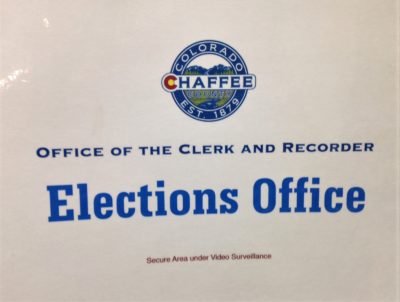The results of the 2020 U.S. Census showed that Colorado’s population has grown enough to give us one additional seat in the U.S. House of Representatives. The resulting juggling of counties and regions over the past six weeks is getting closer to the final version. But the independent commission established by voters’ approval of a 2018 ballot measure also has to redraw the maps for the statehouse congressional districts, and those maps don’t necessarily match the U.S. congressional seats.

Dan Smith Photo
U.S. Constitutional Criteria
- According to constitutional criteria, the districts must be fair and equally proportioned: each district must be as close to the ideal district size of 721,714 as possible.
- All portions of the congressional districts must be contiguous to other portions of the same congressional districts.
- According to the Federal Voting Rights Act, and the Colorado Constitution, when there is a sufficient voting age population to create a majority-minority congressional district within Colorado, then that district must be formed. But the nonpartisan staff has announced that there does not (yet) appear to be such a majority-minority population area, and they have received no comments suggesting one should be created.
- Preservation of communities of interest and political subdivision — when the nonpartisan staff finds it necessary to divide a county to achieve a required congressional district population, it is to make every effort to keep communities together. Of the 64 Colorado counties, only 11 have been split, each of them to equalize population across the congressional districts.
- Every effort has been made to keep the districts as compact as possible
- Politically competitive districts are a requirement, but the Independent Commission still hasn’t identified a standard for judging competitiveness. There are eight statewide races that it believes should be used to make this determination.
- To the extent possible, the nonpartisan commisison staff has not identified any communities where the districts dilute a racial or language minority group’s electoral influence.
Latest Changes – May or May not — be Final
The latest round of changes places Chaffee County in the Seventh Congressional District….but the configuration is not a clean configuration of counties and the staff plans (the third State Senate staff plan and the second congressional staff plan) still haven’t ironed out all the disagreements.
The State Senate staff plan has Chaffee County falling within Dist. 22, which includes Chaffee, Custer, Fremont, Lake, Park, Teller counties, and portions of Jefferson and Douglas counties.
To access the State Senate Map follow this link.
The Congressional Staff plan has U.S. Congressional Dist. 7 comprised of the whole counties of Chaffee, Clear Creek, Custer, Fremont, Gilpin, Lake, Park, and Teller, plus part of the City and County of Broomfield. It would include nearly all of Jefferson County except for the portion that will become part of Congressional Distr. 6, and to balance out the required population, the staff proposes to drop in a portion of Douglas county.
The Colorado Legislature has until Oct. 11 to give final approval of the plan.
For more information about the Colorado Independent Redistricting process email: colorado.redistricting2020@state.co.us









I would be very happy to be in the 7th district.